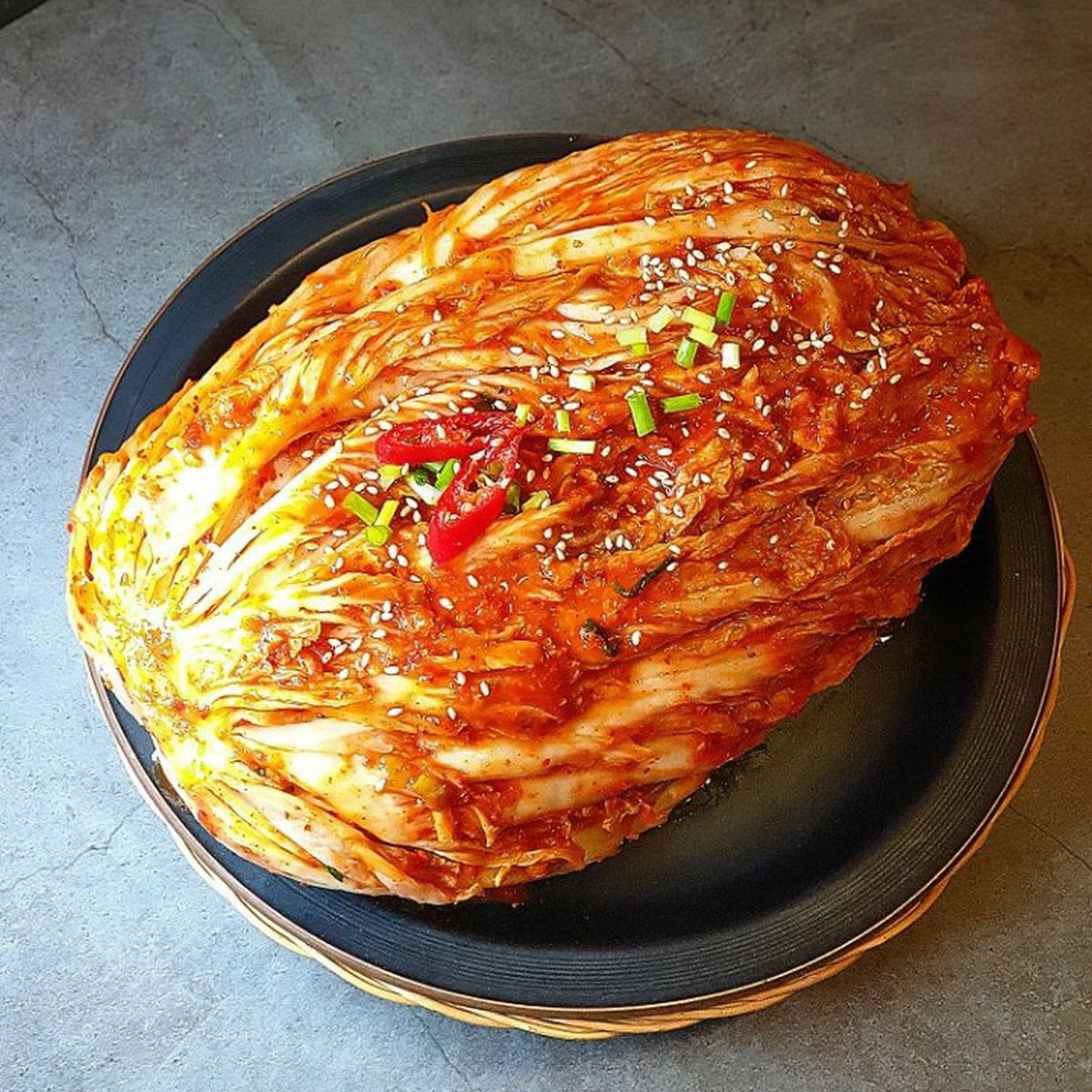
Koreans cannot live without kimchi.
Kimchi is a staple dish in Korea and can be made from vegetables such as radish, cucumber and green onions, but the most famous type of kimchi is made from napa cabbage.
Every year, the government announces measures to help stabilize prices of cabbage, radish, red pepper powder and other key kimchi ingredients for the peak production season in November.
This year's unusually high temperatures have raised concerns about disrupting the supply of cabbage and radish, prompting the government to increase the amount of cabbage supplied to the market by 10% compared to 2023, the Ministry of Agriculture said.
The cabbage used to make kimchi grows in cool climates, and is often grown in mountainous areas where summer temperatures are usually below 25 degrees Celsius.
However, according to the Korea Meteorological Administration, the average temperature in the country from June to August this year reached its highest level since statistics began in 1973, with the number of nights with temperatures of 25 degrees Celsius or higher at a record high.
With the summer crop affected, wholesale prices of Chinese cabbage jumped to 9,537 won ($6.90) per head in mid-September from around 3,000 won ($2.17) per head in early July.
According to the Ministry of Agriculture, the price of cabbage fell to 5,610 won ($4.06) per head in October and is expected to fall further by the end of November as the crop improves.
The South Korean government is planning to improve preservation technology and expand cabbage storage facilities, as well as continuously maintain an emergency stockpile of 1,000 tons of cabbage to prepare for any further supply disruptions.
Some studies warn that warmer weather due to climate change is now threatening crops to the point that in the future, South Korea will no longer be able to grow cabbage.
Source: https://tuoitre.vn/so-dan-thieu-kim-chi-han-quoc-phai-xa-kho-du-tru-cai-thao-20241023195829564.htm



![[Photo] Ready for the top competitions of Vietnamese table tennis](https://vphoto.vietnam.vn/thumb/1200x675/vietnam/resource/IMAGE/2025/5/18/9c547c497c5a4ade8f98c8e7d44f5a41)
![[Photo] Many young people patiently lined up under the hot sun to receive a special supplement from Nhan Dan Newspaper.](https://vphoto.vietnam.vn/thumb/1200x675/vietnam/resource/IMAGE/2025/5/18/6f19d322f9364f0ebb6fbfe9377842d3)
![[Photo] Party and State leaders attend the special art program "You are Ho Chi Minh"](https://vphoto.vietnam.vn/thumb/1200x675/vietnam/resource/IMAGE/2025/5/18/6895913f94fd4c51aa4564ab14c3f250)


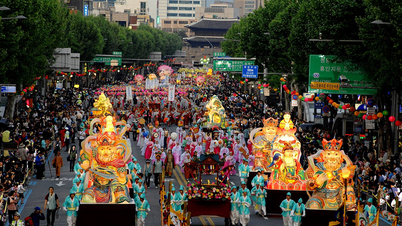


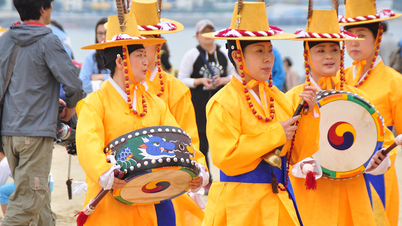


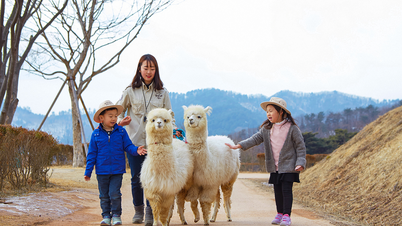


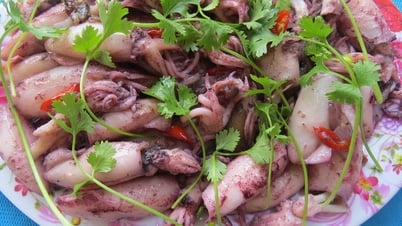


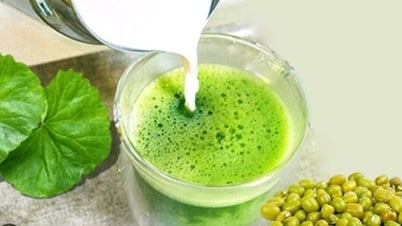

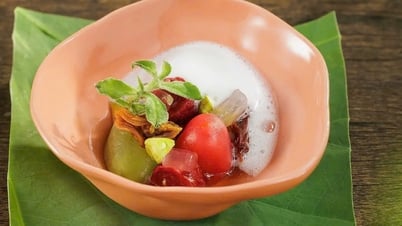
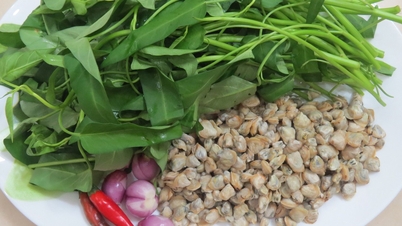









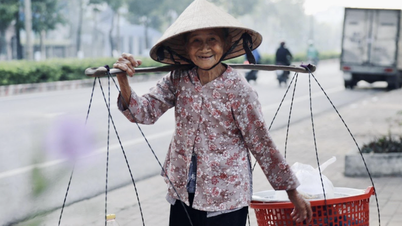


















































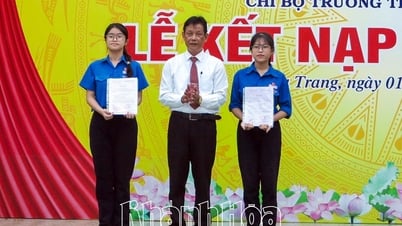
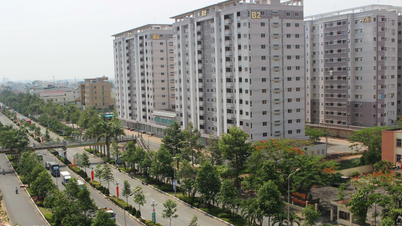

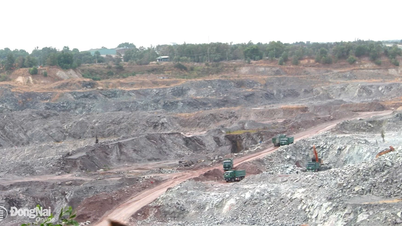










Comment (0)